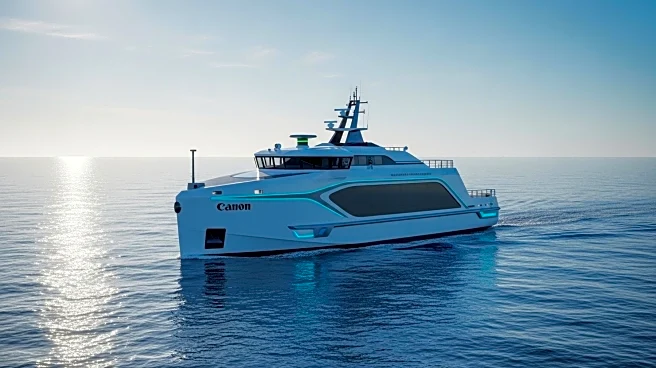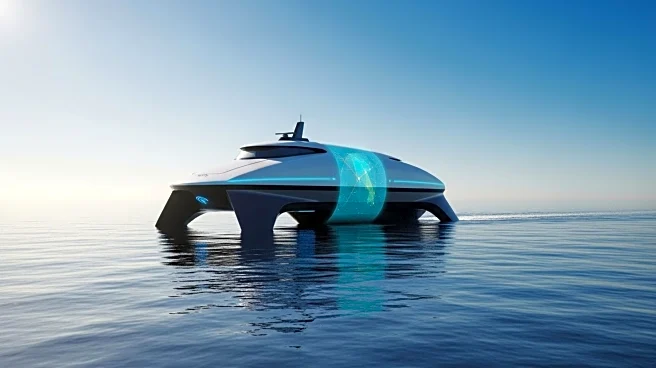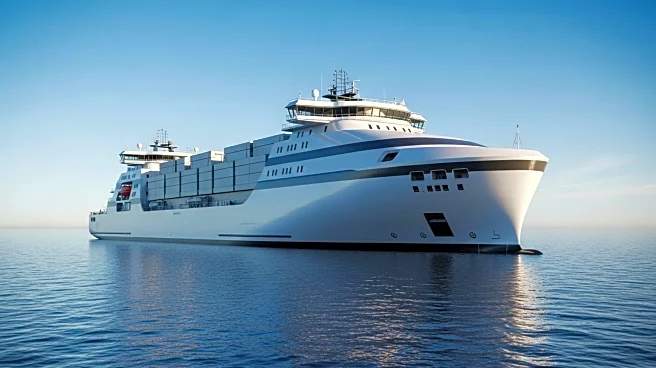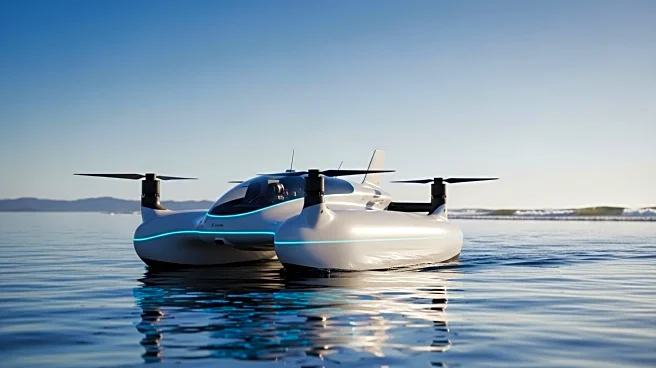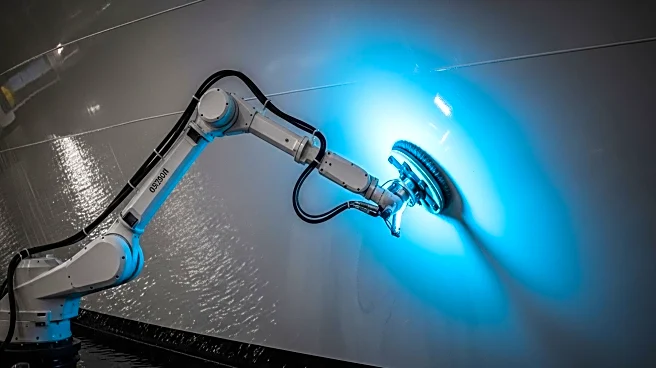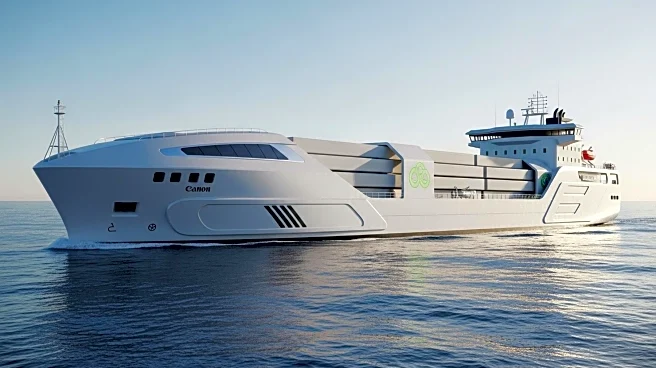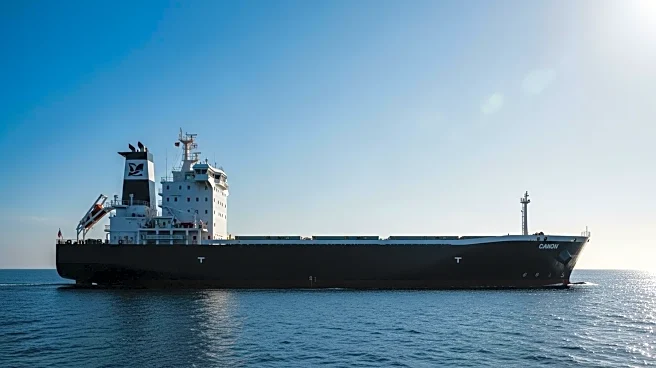What's Happening?
ABS has awarded a statement of compliance certificate to AVIKUS Co., Ltd., for its HiNAS Control autonomous navigation system. This system, developed in collaboration with shipping company HMM Co., Ltd., and the Liberian International Ship and Corporate Registry, aims to enhance fuel efficiency in maritime operations. The HiNAS Control system provides vessels with optimal route and speed data, automatically controlling steering and RPMs to enable route tracking, collision avoidance, and fuel savings. ABS reviewed the system based on international standards, confirming its potential to increase safety, reduce greenhouse gas emissions, and improve performance.
Why It's Important?
The verification of the HiNAS Control system by ABS marks a significant advancement in maritime logistics, offering a data-driven approach to decarbonization and operational efficiency. With a potential 4 to 5 percent fuel savings, this technology represents a substantial shift in profitability and environmental compliance for the global fleet. The collaboration between AVIKUS, HMM, ABS, and the Liberian Registry underscores a commitment to innovation and sustainability in the shipping industry, potentially setting new standards for energy savings and vessel efficiency.
What's Next?
The successful verification of the HiNAS Control system may lead to broader adoption of autonomous technologies in the maritime industry. Stakeholders like HMM are likely to continue integrating advanced autonomous systems to enhance service reliability and profitability. This initiative could accelerate the industry's transition towards a sustainable, decarbonized future, influencing other shipping companies to adopt similar technologies.
Beyond the Headlines
The integration of autonomous technologies in maritime operations raises ethical and regulatory considerations, particularly regarding safety and environmental impact. As these systems become more prevalent, there may be increased scrutiny on their compliance with international standards and their role in reducing human intervention in high-risk environments.

